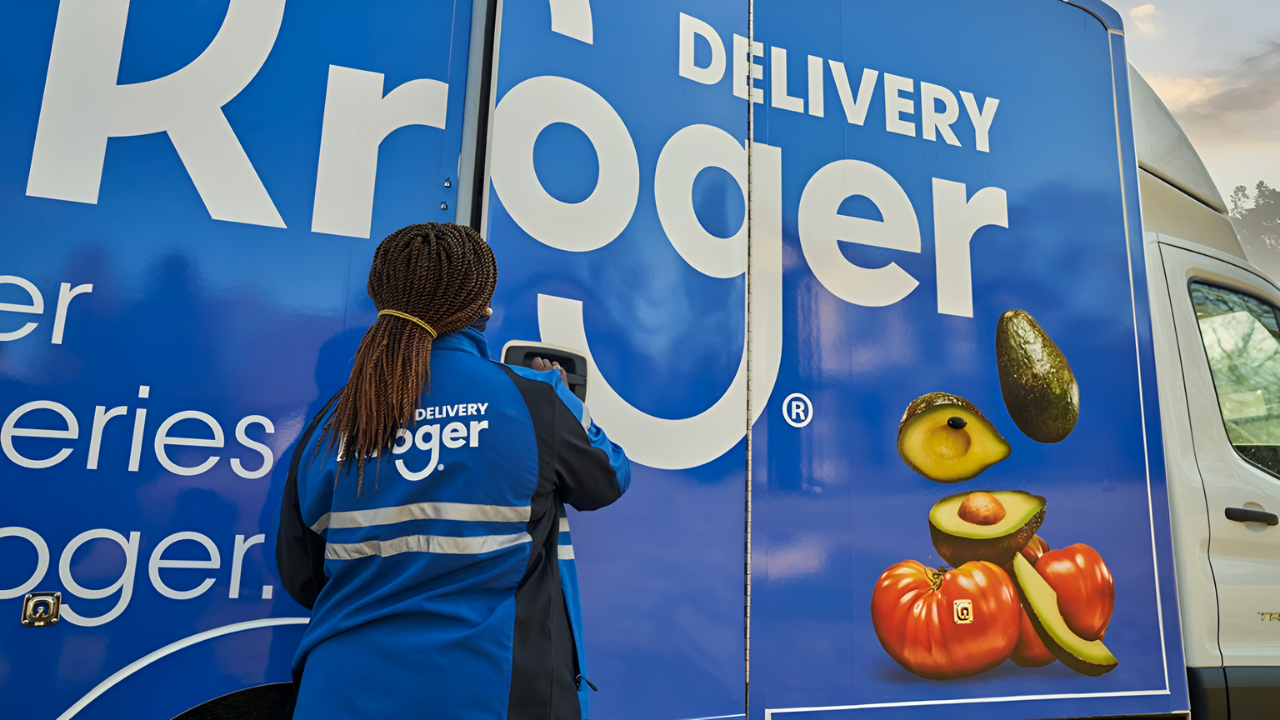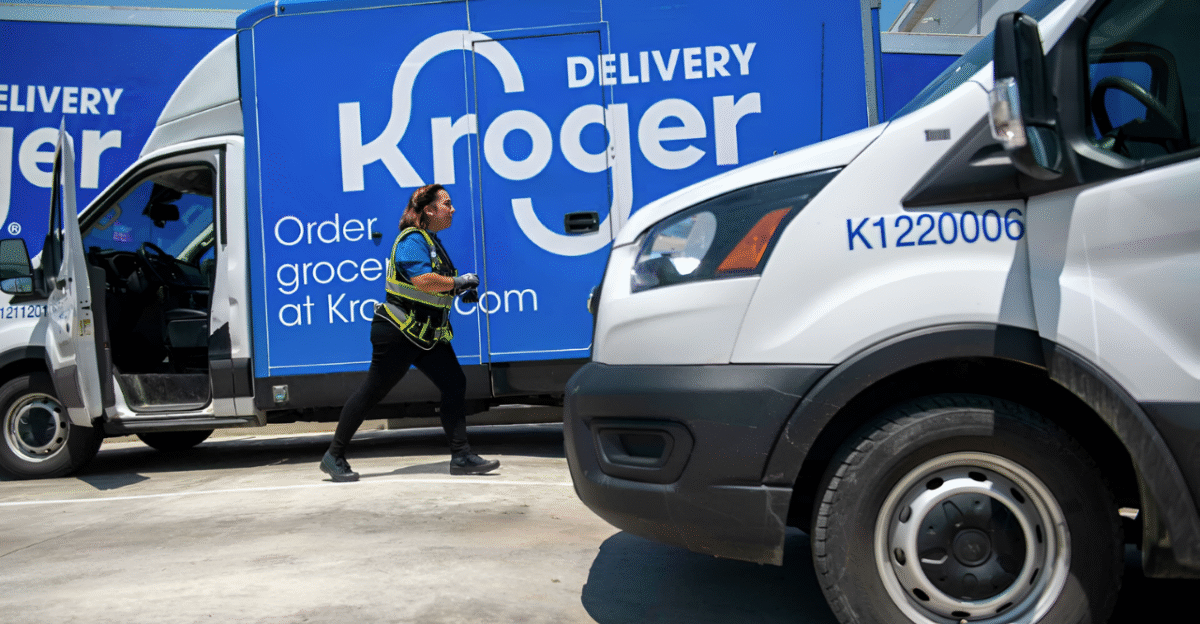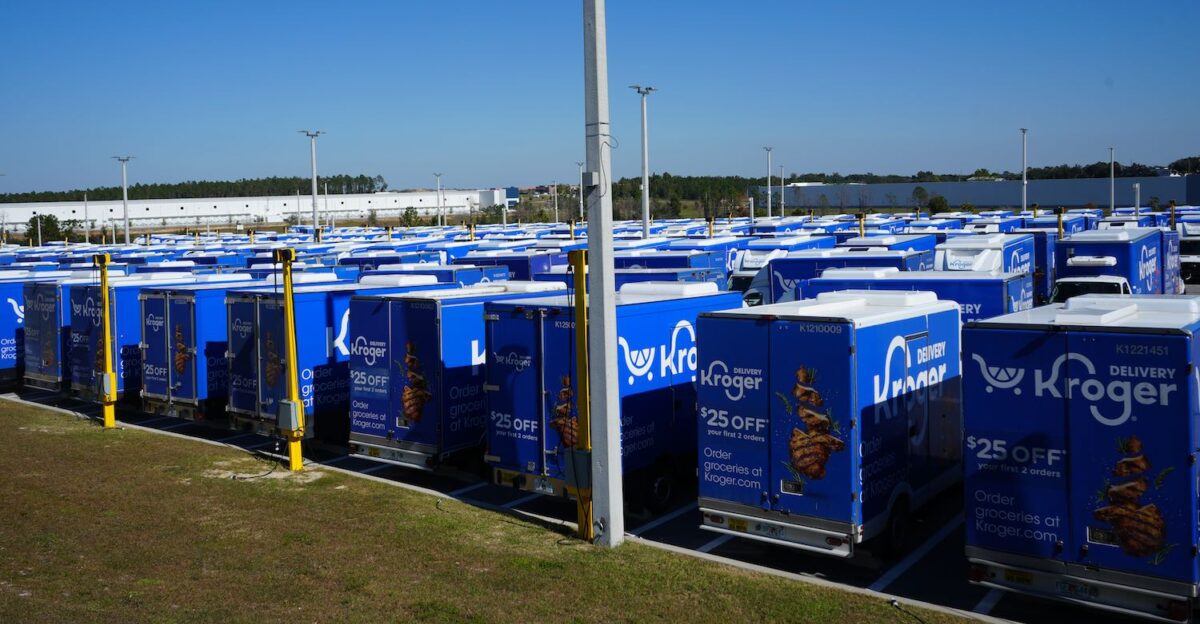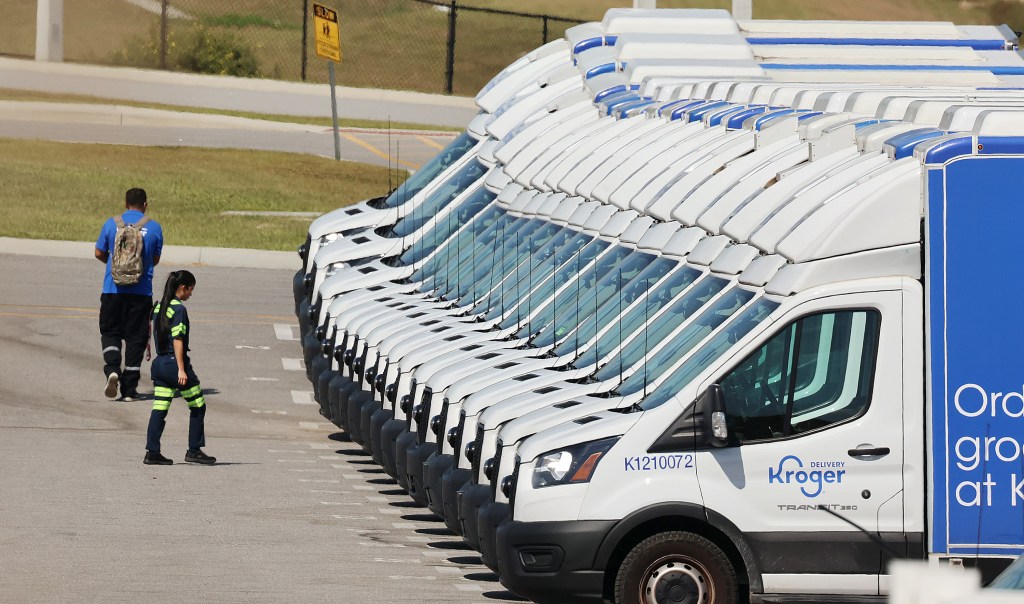
In the early hours at Kroger’s Groveland, Florida, fulfillment center, the usual hum of over a thousand robots and busy forklifts was replaced by silence. Workers, still in safety vests, gathered outside, reading the abrupt closure notice on their phones. The announcement marked not just the end of operations at this massive automated warehouse, but the unraveling of Kroger’s ambitious experiment with centralized, robotic grocery delivery in Florida.
Kroger’s decision to shutter the Groveland facility—and two other automated centers in Wisconsin and Maryland—reflects a strategic pivot. Interim CEO Ron Sargent explained that traditional, store-based fulfillment outperformed the costly robotics model, especially in less densely populated areas. Groveland’s order volume never reached the scale needed to justify the investment, and staffing swelled far beyond initial projections, from 400 to over 1,400 employees. The company now expects to boost its eCommerce operating profit by $400 million in 2026, even after absorbing a $2.6 billion impairment charge tied to the closures.
Economic Fallout in Groveland and Beyond

The closure delivers a sharp blow to Groveland, a city of just over 24,000 residents. The main facility alone employed 935 people, including 452 delivery drivers, making this one of the largest single job losses in Lake County’s history. The timing compounds the hardship, with hundreds of families facing unemployment just before the holidays and year-end expenses.
Groveland is not alone in its loss. Across the three closing centers, more than 1,600 workers are affected. Because these were not union jobs, employees have no rights to transfer or bump into other positions. With Kroger operating no traditional stores in Florida, local workers have no internal options for reassignment. The wind-down begins in January 2026, with final terminations set for February 1.
The end of the Groveland center also marks Kroger’s complete exit from Florida’s eCommerce market. The company’s 90-minute grocery delivery service, which once covered Orlando, Tampa, Jacksonville, and the Space Coast, will disappear. This is Kroger’s third failed attempt to establish a foothold in Florida, following the closure of its Florida Choice stores in the 1980s and the collapse of its investment in Lucky’s Market in 2020. Meanwhile, Publix, Florida’s dominant grocer, continues to expand, underscoring the advantage of proximity and dense store networks over high-tech automation in the state.
Automation’s Setback and Ocado’s Losses

Kroger’s retreat is a significant setback for its UK-based automation partner, Ocado Group. The announcement triggered a 17% drop in Ocado’s stock, sending it to a 12-year low. Ocado had envisioned a network of 20 robotic centers across the U.S., but only eight were built—and now three are closing. The company stands to lose $50 million in fees in fiscal year 2026, though it will receive over $250 million in early-termination compensation, a fraction of the long-term revenue it had anticipated.
The closures highlight a broader industry reckoning with large-scale automation. Other high-profile failures include Takeoff Technologies, which filed for bankruptcy in 2024, and Amazon Fresh, which abandoned its “Just Walk Out” checkout system the same year. Former Kroger executives have pointed out that the robotic centers simply did not process enough orders to justify their enormous costs, revealing the limits of automation in a business with notoriously thin margins.
Community Impact and a Weak Safety Net

Groveland’s rapid growth—from fewer than 3,000 residents in 2000 to over 24,600 today—had fueled optimism and new business. The loss of more than 900 jobs at the main site will ripple through the local economy, affecting restaurants, childcare centers, repair shops, and retail developments that depended on the center’s workforce.
For displaced workers, the safety net is thin. Florida’s unemployment benefits are among the lowest in the nation, capped at $275 per week for just 12 weeks. A typical delivery driver earning $40,000 a year will see only about a third of their income replaced, and only for a short period. Local agencies are mobilizing job fairs and retraining programs, but the sudden scale of need presents a daunting challenge.
Winners and Shifting Market Dynamics
As Kroger exits, third-party delivery platforms like Instacart, DoorDash, and Uber Eats are poised to fill the gap. Instacart, now Kroger’s primary delivery partner, is expanding its AI-powered technology and deepening its reach. DoorDash has broadened its grocery offerings and reports rapid growth in non-restaurant orders. Publix, with nearly 900 stores statewide, further cements its dominance in Florida’s grocery market.
The shift underscores a key industry lesson: building dense store networks and leveraging flexible third-party platforms often proves more sustainable than investing in massive, centralized robotic hubs.
Looking Ahead: The Stakes for Automation and Communities

Kroger’s $2.6 billion write-down is one of the largest in its history, but investors appear to support the move as a necessary correction. For Ocado, however, the future is uncertain, with analysts questioning the viability of its U.S. expansion.
For Florida consumers, the immediate task is to find new grocery delivery providers before Kroger’s final orders are accepted in January. For the 1,400 workers losing their jobs, the next chapter begins with job loss and a limited safety net. The broader story is a cautionary tale about the risks of automation, the limits of taxpayer incentives, and the human cost of rapid corporate pivots. As the dust settles, the industry’s future may depend less on robots and more on the enduring value of local stores and adaptable delivery networks.